It was a remarkable step Steve Bushnell of FloraCo took twelve years ago. After growing wax flowers in Southern California for many years, he moved the production to the Peruvian desert. This gave him the opportunity to supply wax flowers all year-round to the North American market.
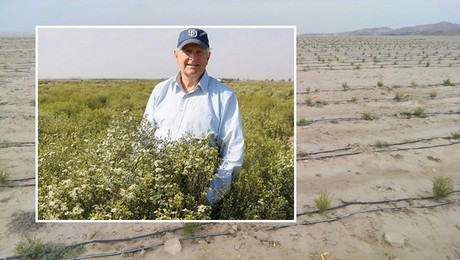
"Growing wax in the desert is great!"
The 250 acres of Peruvian desert Steve bought, is now covered with over 25 wax flower varieties. "Growing wax in the desert is great! We have sun year-round and don’t have to deal with issues that arise from winter rains, such as botrytis and shattering. Our farm is in the northern extremes of the Atacama desert which is the driest desert in the world."
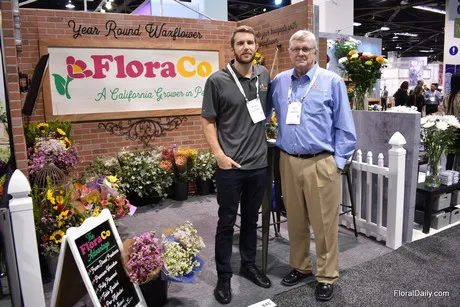
McKay and his father Steve Bushel at the PMA Fresh Summit 2019 in Anaheim (CA), USA.
Perfect climate
Growing wax flowers is in California only possible for a couple of months per year. A lot of wax flowers come from Australia. Steve was looking for a country with similar climate conditions as Australia, but closer to North America, which is his main market. “I found it at the coast of Peru, west of the Andes mountains. From Peru, it is 4,000 miles to the United States, whereas from Australia it is 12,000 miles. The climate here is dry and it never freezes, making it perfect for growing wax flowers.”
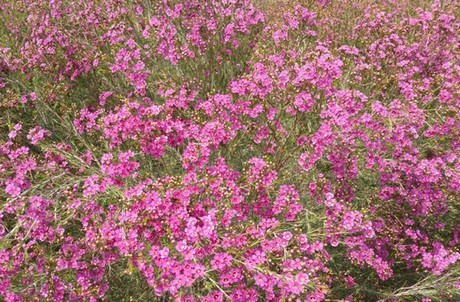 Hot pink wax flowers in the field.
Hot pink wax flowers in the field.
Destroying flood
The Peruvian farm had some setbacks, too. In the beginning of 2017, a massive flash flood that came from hundreds of miles away in the Andes mountains and in a matter of minutes erased 80 percent of our production and destroyed facilities.

"It was a key part of our history. We faced the reality of deciding between permanently closing down our operation or getting back on our feet and rebuilding. We chose to pour everything we had left into the farm. In the process, we learned a lot about ourselves and resilience as a company. We just finished our best season yet with over 2 million stems of wax sold and are set to increase to 3-4 million next year."
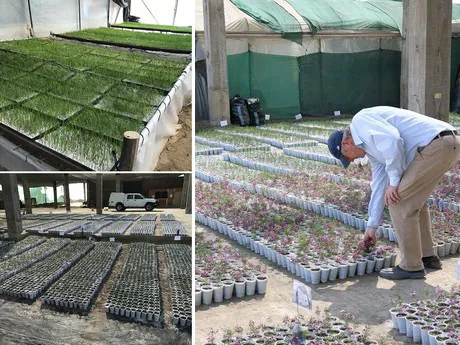 Propagation and young plants in a greenhouse.
Propagation and young plants in a greenhouse.
Back to California
“Every year, we plant new varieties, increasing our growing acreage and expanding markets”, says Craig Bushnell, Steve’s son who is in charge of sales. “North America is our main market, but we are looking for more markets to expand."
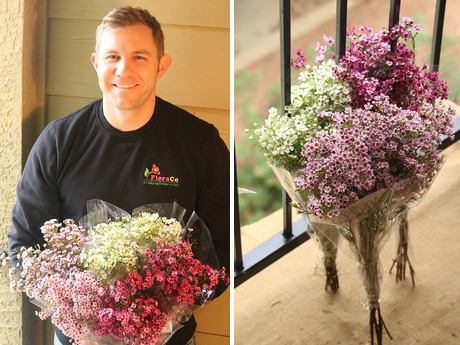 Craig Bushnell and the consumer bunches.
Craig Bushnell and the consumer bunches.
This expansion includes, surprisingly, going back to California. "After 15 year absence in California, we are returning and partnering with local growers to improve the quality and consistency of California wax flower. Combined with our production in Peru this will allow us to offer wax year-round and standardize grading requirements, pack, and post-harvest practices."
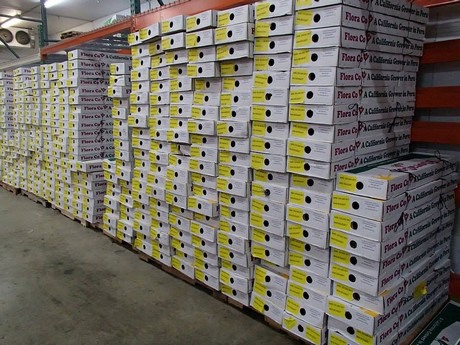 "Every bunch of wax we ship from our farm is hand washed, hydrated, table graded, and cold-chain maintained to ensure a finished product that is unmatched in both quality and consistency."
"Every bunch of wax we ship from our farm is hand washed, hydrated, table graded, and cold-chain maintained to ensure a finished product that is unmatched in both quality and consistency."
Vibrant varieties
Steve's goal from the start was to set themselves apart from the other two South American wax growers by procuring the most popular and vibrant varieties from Australia, California, and Israel. "We worked closely with the USDA and Peruvian department of agriculture for over a year to establish phytosanitary requirements for importing new varieties to Peru and now offer many that are exclusive to our farm."
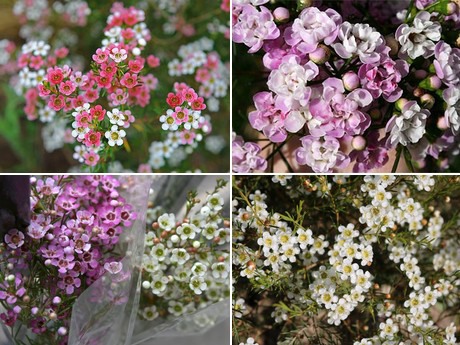 Some varieties: My Sweet Sixteen, Pink Dancing Queen, Violet and Pearl.
Some varieties: My Sweet Sixteen, Pink Dancing Queen, Violet and Pearl.
Some of the more popular ones are “My Sweet Sixteen” which is a bi-color variety with red and white flowers. They also have two double bloom hybrids that give a ruffled look in both pink and white. "They’re great for weddings or to add an extra touch of elegance especially in high-end arrangements. California Purple Pride is also a popular one as it has a long season and a larger more vibrant flower than the other purple varieties that have traditionally come from Peru."
For more information: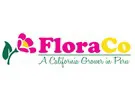
FloraCo
Craig Bushnell
Email: [email protected]
www.floracoinc.com
